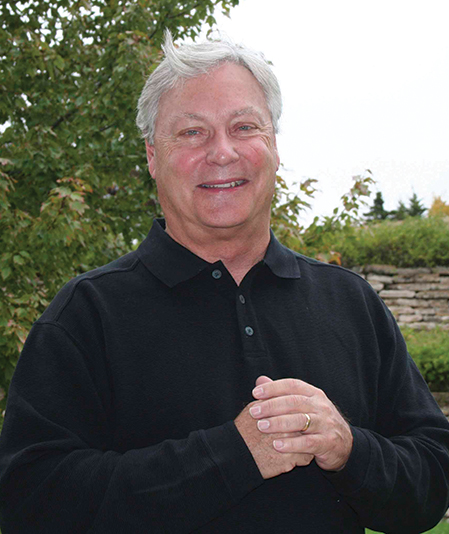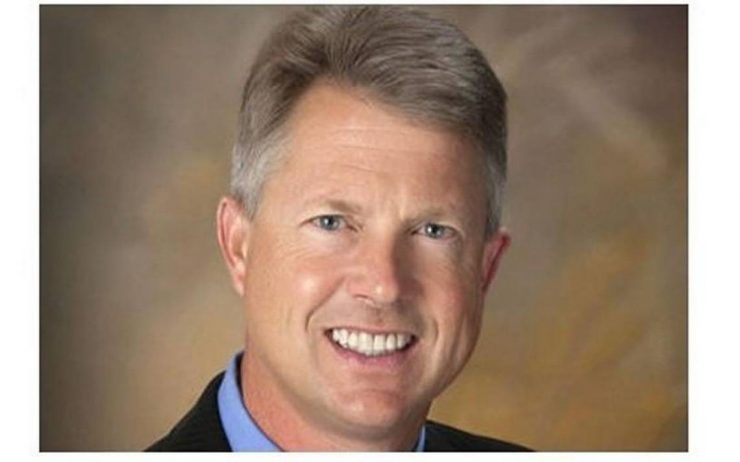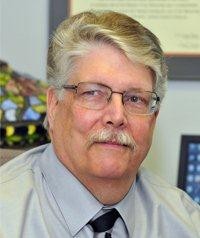By JOHN P. TRETBAR
Baker Hughes weekly US rotary rig count was down 11 rigs Friday, losing eight oil rigs and three exploring for natural gas. Canada checked in with 192 active rigs, up one. Kansas has once again dropped off the Baker Hughes list, but Independent Oil & Gas Service reports 13 active rigs in eastern Kansas, up one, and 26 west of Wichita, also up one. Barton County operators are moving in completion tools at two sites. In Ellis County drilling is underway at two leases, operators are moving in rotary drilling tools at one site, and they’re moving in completion tools at three more. They’re moving in completion tools at one site in Russell County and drilling is underway at one lease in Stafford County.
Operators filed 25 permits for drilling at new locations in Kansas last week, for a year-to-date total of 1,190 new permits. There were nine new permits filed in eastern Kansas and 16 west of Wichita, including one in Barton County, two in Ellis County, one in Russell County and one in Stafford County.
Independent Oil & Gas Service reported 36 new well completions across Kansas last week, 1,117 so far this year. Operators in eastern Kansas completed 27 wells last week. There were nine in the western half of the state, including one in Barton County and one in Ellis County.
The Kansas Geological Survey says the state’s oil industry produced another 2.99 million barrels of crude oil in July. For the first seven months of the year, Kansas has pumped 21.07 million barrels of crude. Ellis County led the way with 1.54 million barrels produced through July. Haskell County was next at 1.39 million. Barton County produced 998 thousand barrels plus. Rounding out the top five were Finney County at 953 thousand, and Rooks County at 936 thousand barrels. Russell County checked in with 935 thousand, and Stafford County notched 610 thousand barrels of crude production.
The Kansas Corporation Commission reports 121 new intent-to-drill notices filed across the state last month. That’s 1,298 so far this year. Operators filed two intents in Barton County, three in Ellis County, two in Russell County and three in Stafford County.
Barton County Sheriff Brian Bellendir says his team responded to a tip on Monday and discovered a large quantity of abandoned commercial explosives in a structure north of Great Bend along Route 281. Bellendir says the oilfield explosives included 40 shaped charges along with several hundred blasting caps and lots of detonation cord. ATF and the Wichita Police Department bomb squad responded and destroyed the explosives without injury or damage. The Sheriff says the explosives were left over from a defunct oilfield logging and perforating business whose owners passed away.
The Oklahoma House of Representatives approved measures to use money from the state’s rainy day fund to keep three health agencies open through April of next year. The House sent the bills to the Senate for debate and a vote. Thus far there has been no agreement between chambers on spending. The House approved a measure to increase the oil and gas gross production tax to 7 percent for some wells after defeating a proposal to impose that maximum rate on all wells. House Bill 1085 would bring in an estimated $50 million this year and $100 million next year by ending incentives on thousands of horizontal wells drilled before June 30, 2015. State lawmakers continue their special legislative session called by the Governor to address a $215 million budget shortfall.
A group of small oil and gas producers said it will forge ahead with an effort to put a state a question on the ballot next year that would set a permanent seven percent tax on all oil and gas wells, despite recent efforts in the Legislature to raise the gross production tax temporarily to 7 percent on some wells. According to the news Web site Oklahoma Watch, political insiders and advocacy groups say predict one of the most expensive campaigns in modern history for a state question. A coalition of small oil producers that favor the flat seven percent rate announced the effort last month. The Oklahoma Tax Commission predicts the change would bring in $288 million a year. In three separate polls, a majority of the voters in the state said they favor the tax increase.
U.S. crude exports and production reached record or near-record highs last week. The United States exported 2.13 million barrels a day of oil in the week through Oct. 27, the first time the nation has crossed the 2 million-barrels-per-day mark. Production reached 9.55 million barrels a day.
The Woodlands, Texas-based water-management company Layne Christensen is partnering with the state to drill more than 100 wells in West Texas to sell brackish, non-potable water to oil companies in the booming Permian Basin. According to the Houston Chronicle, Layne and the state General Land Office will split the revenues. The company’s CFO called the deal a “gold mine in the making,” for both the state and the company. The firm says producers in the two target counties need upwards of 500 million barrels of water a year for hydraulic fracturing.
Among the businesses traveling to China with President Trump next week are a commodities trader and a private equity firm hoping to partner with the Chinese oil firm Sinopec. Arc Light Capital Partners and Freepoint Commodities hope to build a pipeline from the Permian Basin of Texas to a new terminal on the Gulf Coast. Reuters reports that by loading so-called Very Large Crude Carriers, they hope to reduce a big chunk of logistics costs incurred for U.S. crude oil exports, making the oil more competitive in Asia.
























